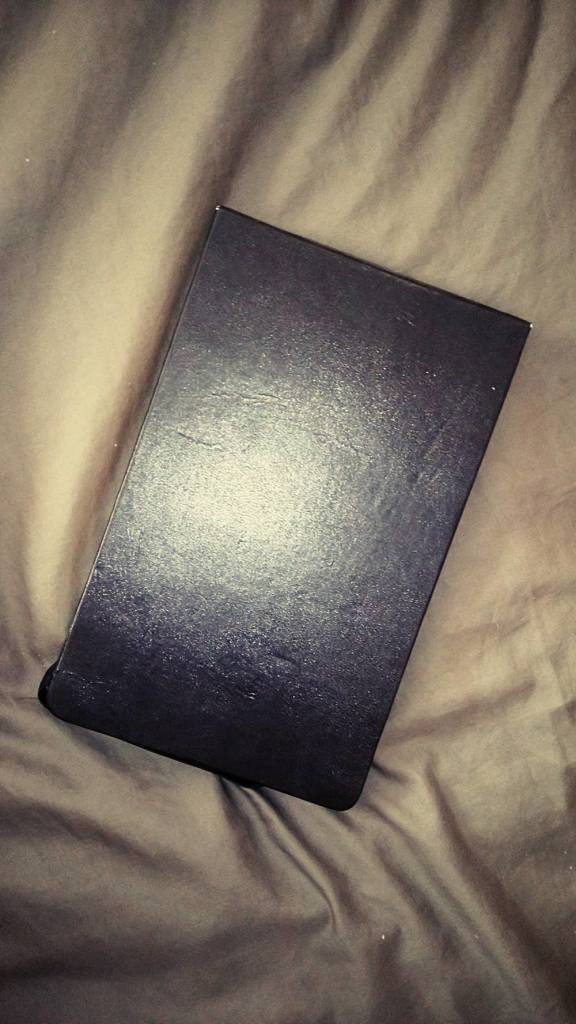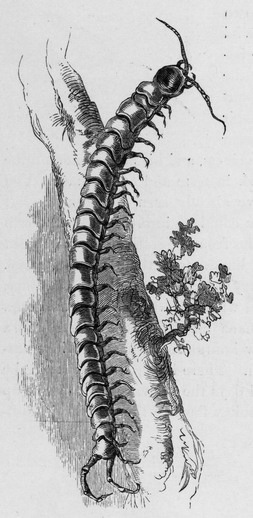It’s been 5 years since my last post. I was more active on my personal account on facebook until it was disabled.
Today (Good Friday) — or this weekend of Holy Week marks my twenty seventh anniversary of being brought to the United States.
Yes, my adoptive parents and me are well aware that Lent and Holy Week changes every year. This however doesn’t change the lasting impact of the historical moment for all of us where my adoptive mother went to the Philippines during Holy Week of 1993 and came to the Philippines to finally meet me.
So much has happened that I cannot lump into one post today to bring you all up to date since my last post in 2013.
This film has been low-key shown in many spaces. The films have mostly been open between academic circles for higher education and I hope to show them in certain classes such as Sociology for secondary education .
I have given the rights of the Department of Social Welfare and Development to screen the film, “BINITAY: Journey of a Filipino Adoptee”, for their adoption training department in order for a better understanding of transnational and transracial adoption. However, I criticize and see that they find my transnational/racial adoption as a success story built upon their backs when there were many struggles that have been endured without their aid and guidance to my adoptive parents. Lastly, I’ve learned some themes such as for transracial adoption, in order for opportunity to be granted, the sacrifice can be a cultural death (birth culture).
In recent news, obviously a novel corona virus (covid-19) has affected the world globally. My ever changing self perception of what it means to be a transracial and transnational adoptee is in constant flux due to living here in America and although to some people I do not appear to look Asian, I still have a watchful eye for myself and others whom may face violence from others due to xenophobia. With an unnamed family member, combating their usage of saying the word #ChineseVirus and their unjust perception on immigration , I instead just put them into perspective how America is almost like a centralized place for a globalized economic hub and how diversity and multiculturalism is the paramount of America’s “exceptionalism”; however, I do not use those exact words and just frame it to stop their xenophobia and let their perception go outside of the box.
Negative rhetoric from the media of course is pervasive for those who give into scapegoating other racial backgrounds. With any epidemic worldwide this is what we the human race needs to transcend for our survival.






